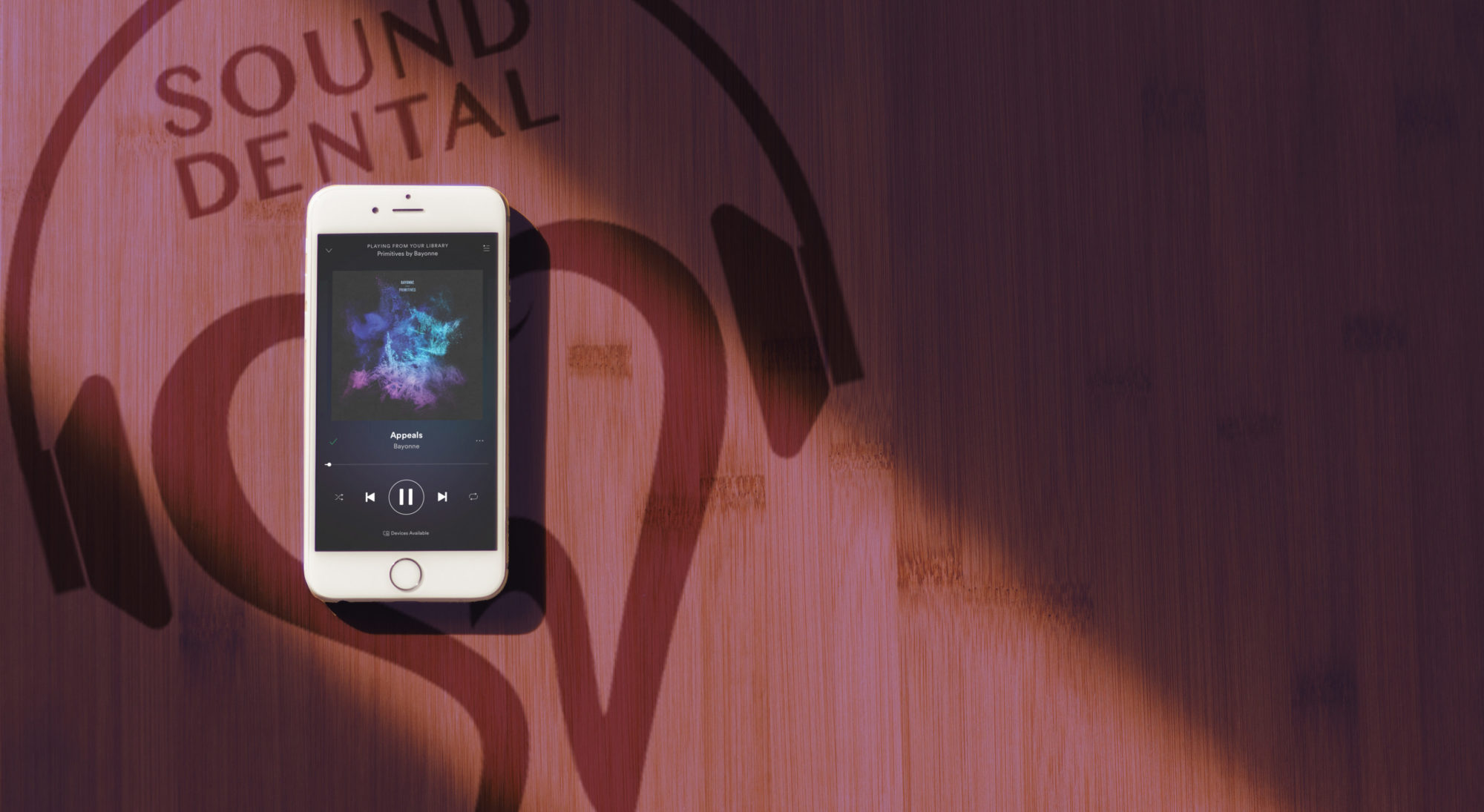What is Gum (Periodontal) Disease?
Gum disease (also called periodontal disease) is an infection of the tissues surrounding and supporting the teeth. It is a major cause of tooth loss in adults. Because gum disease is usually painless, you may not know you have it.
Gum disease is caused by plaque, a sticky film of bacteria that constantly forms on the teeth. These bacteria create toxins that can damage the gums. In the early stage of gum disease, called gingivitis, the gums become red, swollen and bleed easily. At this stage, the disease is still reversible and can usually be eliminated by daily brushing and flossing. In the more advanced stages of gum disease, called periodontitis, the gums and bone that support the teeth can become seriously damaged. The teeth can become loose, fall out or may have to be removed by a dentist.




